So, we’ve headed out on a medium length loop through the near southern states: Arkansas and Mississippi, before we head back toward the (gulf) coast and then make our way toward Florida. The obvious first stop in Arkansas for us was the William J. Clinton Presidential Library and Museum in Little Rock. While there, I knew I wanted to visit Little Rock Central High School as well. What I didn’t expect was how much the two sites complemented one another. (Spoiler alert: civil rights, federalism, politics, grassroots, separation of powers, checks and balances, etc.)
We found a cool little RV park to stay at right on the Arkansas River. It happened to be adjacent to a rowing boathouse; very welcoming to be bunking down near all those pretty racing shells.

Not a beauty shot, but wanted to get the RV Park and the Rowing Club in the same shot!
However, there would be no rowing, just history stuff for us on this fairly cold and rainy February weekend. The RV park is right across the river from the Clinton Library, and there is a pedestrian bridge (see pictures above and below) you can walk across to get to it.
Walk, we did not! Our nephew Charlie, who attends nearby Hendrix College, joined us for the day, and drove us around in style. One of the very first exhibits is this armored presidential limo – Charlie and Ben pose graciously below. Family! The top of mind question for me heading into the museum was how they would handle the impeachment. No politics here – purely from a teacher’s point of view – how do you convey such a controversial subject, in a way that does justice to the subject, but is also “approved” by the man whose name is on the door. I’m not sure how that stuff gets negotiated between the National Archives staff and the former president’s, but I’d love to be a fly on the wall…
The top of mind question for me heading into the museum was how they would handle the impeachment. No politics here – purely from a teacher’s point of view – how do you convey such a controversial subject, in a way that does justice to the subject, but is also “approved” by the man whose name is on the door. I’m not sure how that stuff gets negotiated between the National Archives staff and the former president’s, but I’d love to be a fly on the wall…
Clinton’s life story and his rise to the stop is a pretty amazing. His father died before he was born. His mom put it into another gear, left young Billy with his grandparents while she went away to nursing school. That had to have been TOUGH. His grandparents lived in Hot Springs (about an hour from Little Rock) and owned a little market that (unusual for its time) served black and white alike. The Library did a good job of linking Clinton’s personal experience growing up in the same decade as Brown vs. Board and in the same place/region as the very public battle over integration at Central High School in Little Rock. His grandparents get credit for lighting his passion for civil rights.
Some early campaign materials above…
So the museum also has a cabinet room, and an oval office and presidential limo. The bulk of the exhibits organize his accomplishments by policy area, and there is a separate timeline display as well.

The timeline is presented down the middle, with the alcoves on each side presenting material by policy area. The design of the space was modeled after Trinity College Library in Dublin.
The timeline is presented down the middle, with the alcoves on each side presenting material by policy area.
We visited the same weekend Supreme Court Justice Antonin Scalia died and had tried to explain to our nephew – who attends nearby Hendrix College and joined us for the day – that things weren’t always so partisan as they are today. However, my trip down memory lane at the Clinton Library disabused me of that “memory” (Republican Revolution anyone?)

A tour group getting the scoop on Clinton’s accomplishments related to the economy (alcove behind the guide and to the left)
So, here is how they treated the Impeachment. I can only imagine the painstaking word for word drafting and editing that was done. For those who forget, are too young and/or don’t have your pocket Constitution handy, Impeachment is a two step process: first, the House votes one way or the other.

Then, the Senate has a trial – for real – Chief Justice Rehnquist presided and the Senate was the jury.

How did we maintain our energy with so much to look at and learn about? That morning, we brunched at Skinny Js – I think we could have easily walked there from our park to the funky little main street of North Little Rock. I highly recommend the Louisiana Omelette, and for sure get the biscuit. Park in the lot behind the restaurant so you can see the amazing mural below.

The next day, Ben and I headed over to Little Rock Central High School. STILL a working high school after all it has been through. It is a National Historic Site – complete with a Visitors Center and they even give tours (sign up in advance) that take you into the high school. But for me, just being out on the sidewalk was enough.

Little Rock Central High School, today
Right here, in 1957, first the national guard, then the Little Rock Police and finally the 101st Airborne offered varying degrees of “protection” to the students and the community (and the press!) from those who opposed integration, including, most significantly, the state’s governor, Orval Faubus. (An elected office also held by Bill Clinton.) Standing out on the street today, looking toward that majestic building, you cannot but help feel awe, admiration, and gratitude for the Little Rock Nine and their families and supporters. The building itself is massive and gorgeous – a mix of art deco and gothic styles.
The Visitors Center did a nice job of contextualizing the events in history, focusing on the rule of law, and especially the balance of power between the federal and state governments.

Federalism! Design your American road trip around it…
The exhibits detailed the Constitution’s treatment of slavery, Reconstruction, Jim Crow and the careful, methodical work of the NAACP which lead to the Supreme Court’s 1954 Brown decision, mandating that schools integrate with “all deliberate speed”. Just a tad vague, right? This touched off the crisis in Little Rock.
Central High School was – at the time – the “white” high school, the best high school in the district because it had the best resources, most class offerings and activities for students. After Brown, the NAACP petitioned the Little Rock school board to integrate. Slowly, the school board moved forward – slowly. And, as they say, all hell broke loose.


Almost the same angle, today
This view above, from the Visitors Center, shows the gas station, on the left, which had the only pay phone in 1957. So that’s where all reporters went to file their stories. It’s part of the historic site.
Once the nine were finally escorted safely inside by the 101st Airborne (three weeks after the image above and what should have been their first day of school), the struggle did not end. Oh, what a difficult year they had. Though the artifacts below on the right are tough to look at, it’s not enough to say “they faced prejudice” – it’s important to SEE. We owe our thanks to those involved in integration struggles, as well as the caretakers of the history, like the National Park Service, to make sure we see for ourselves.

In the spring, the only senior in the group, Ernest Green, graduated. But, what happened next, I did not know: the four high schools in Little Rock closed the following year, as a result of ongoing resistance to integration. Closed. What a story-just makes you want to know more, right?

Both Ben and I were shocked but amused to read in a gift shop book: despite the schools being closed: “Strangely, the football programs continued.” Ah, America. So much more to learn.
In the Clinton Library, an exhibit shares the president’s pleasure, years later, in holding the school doors open for the Little Rock Nine during an anniversary commemoration, as well as hosting them in the very same governor’s mansion where Faubus plotted against them. Pretty cool to see how history runs through and across a particular place in our country.
On the way out of town, we stopped for a photo op at The Old Mill at T.R. Pugh Memorial Park in North Little Rock. This “find” was my reward for perusing the local tourism brochure rack in the RV Park-would have never known about it otherwise.
 The Old Mill was featured in the opening credits from Gone With the Wind. Apparently it’s the only building left from the filming (blink and you’ll miss it). It isn’t actually a mill (more like an old fake mill), but it IS old, and picturesque.
The Old Mill was featured in the opening credits from Gone With the Wind. Apparently it’s the only building left from the filming (blink and you’ll miss it). It isn’t actually a mill (more like an old fake mill), but it IS old, and picturesque.
I recognize the irony of a blog post mostly about civil rights in the south ending with a nod to a book and film that perpetuates the lost cause mythology, but it’s all connected, right? Very grateful for the chance to explore and learn.

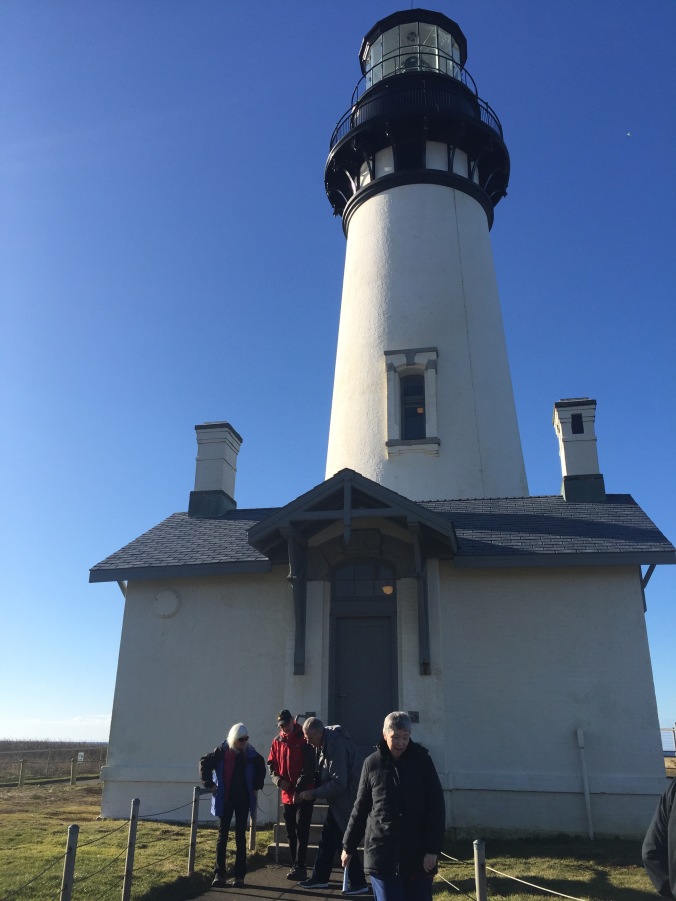






















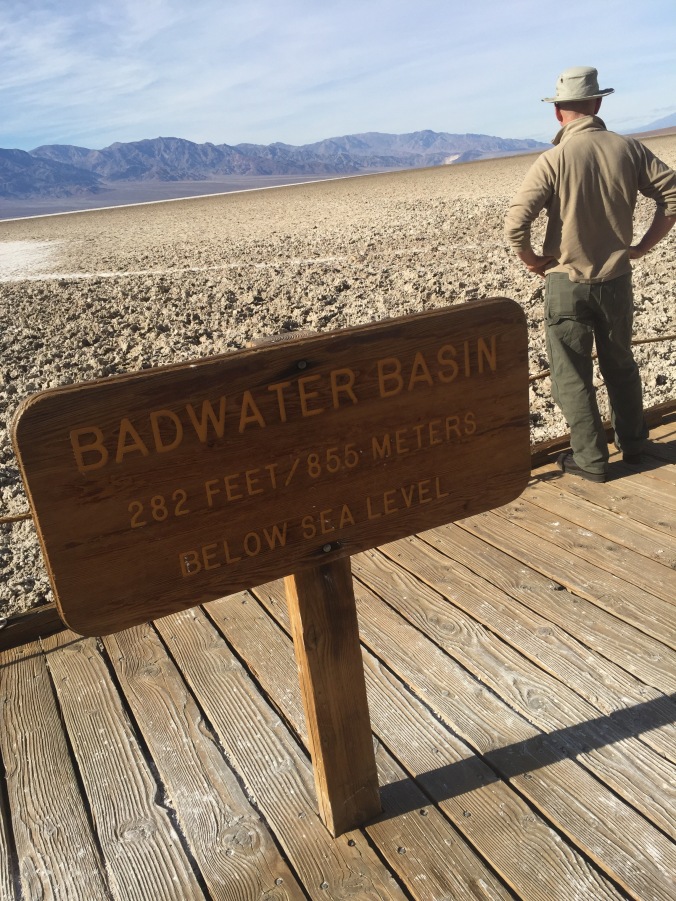



























 The Sauters are from Germany – we met them at Wooden Boat School a few years back and have gotten together several times since – mostly here in the US (where they travel a lot!) and once in Barcelona, which was super sweet too. Here in Maine, where they come so often, the shopkeepers and lobster men know their names. And they’ve made some other friends too, who joined us for an epic “bbq” featuring every fish in the sea. A blueberry snack cup, Owl’s Head Lighthouse, and Pale Ale named for a Civil War general (from Maine) were just some of the other highlights.We might have talked about US elections a bit too.
The Sauters are from Germany – we met them at Wooden Boat School a few years back and have gotten together several times since – mostly here in the US (where they travel a lot!) and once in Barcelona, which was super sweet too. Here in Maine, where they come so often, the shopkeepers and lobster men know their names. And they’ve made some other friends too, who joined us for an epic “bbq” featuring every fish in the sea. A blueberry snack cup, Owl’s Head Lighthouse, and Pale Ale named for a Civil War general (from Maine) were just some of the other highlights.We might have talked about US elections a bit too.




























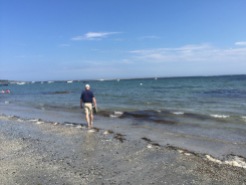



































































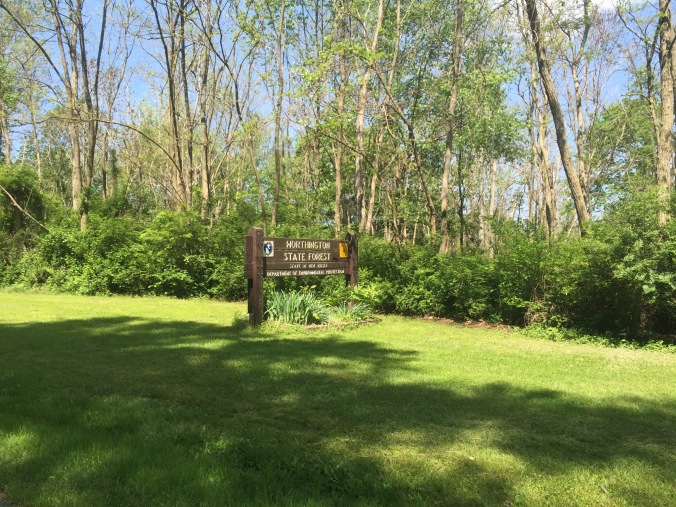
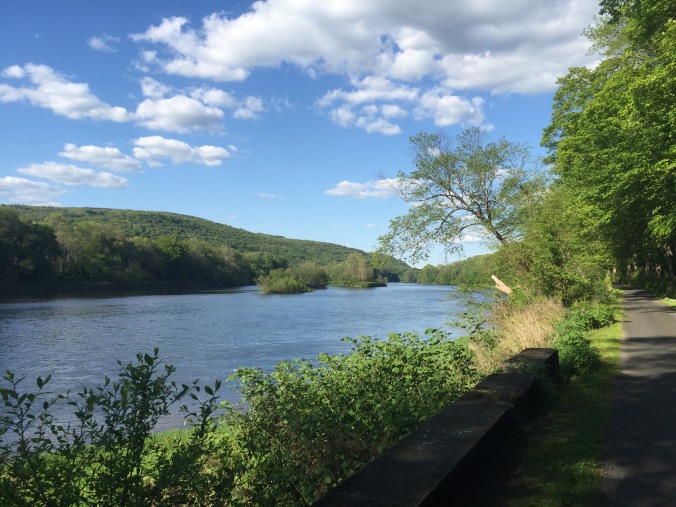
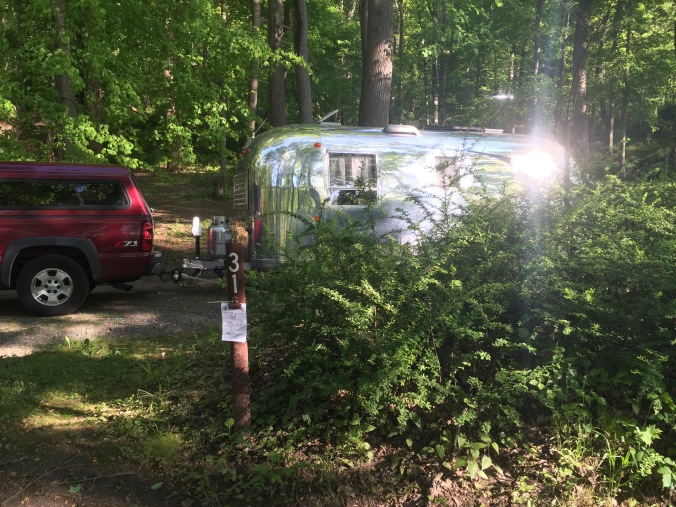
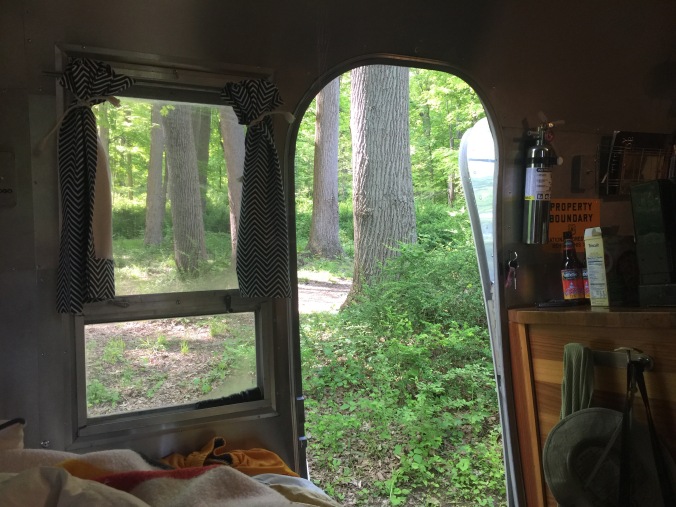


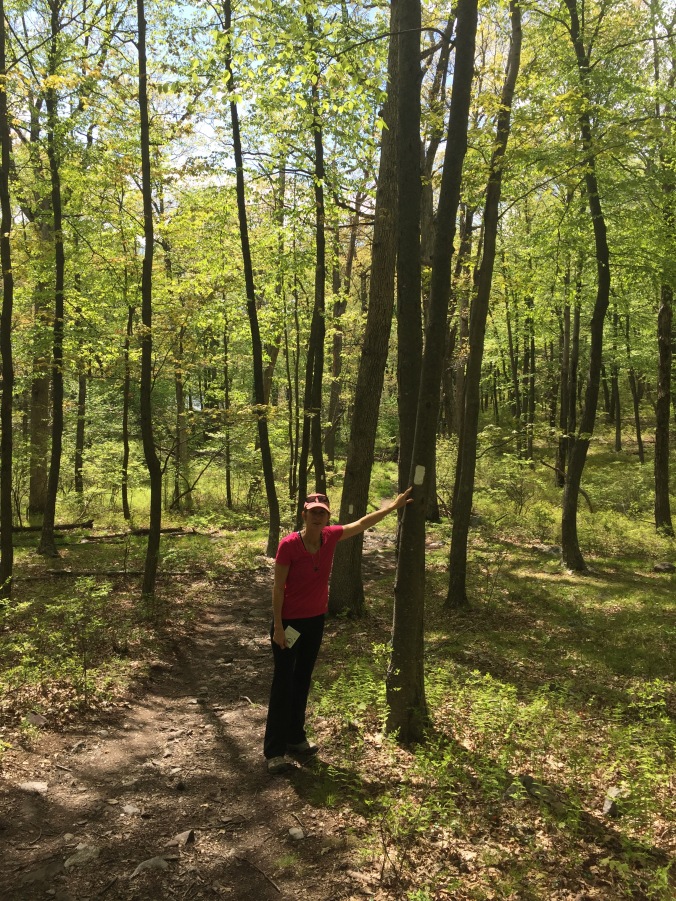
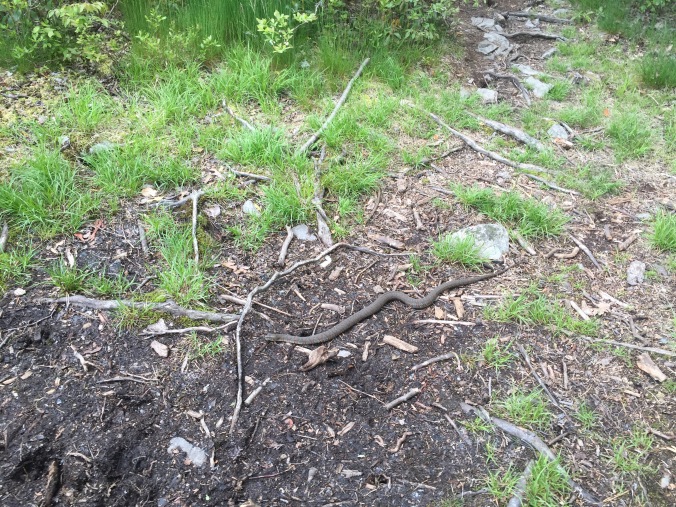
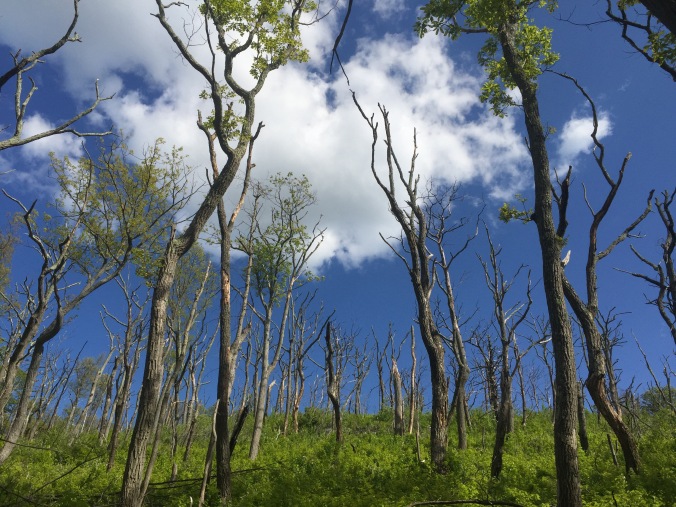

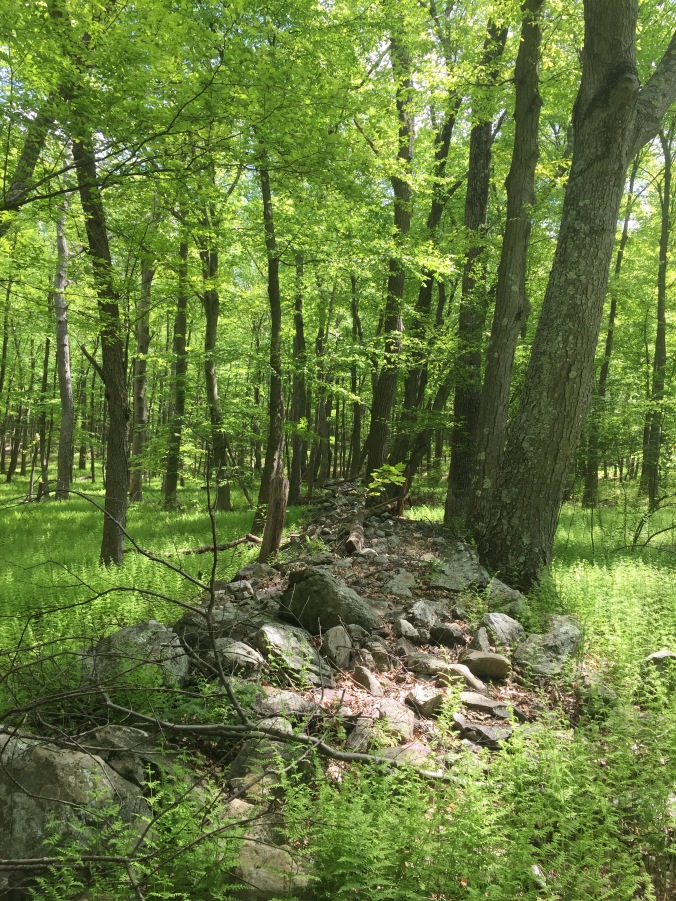
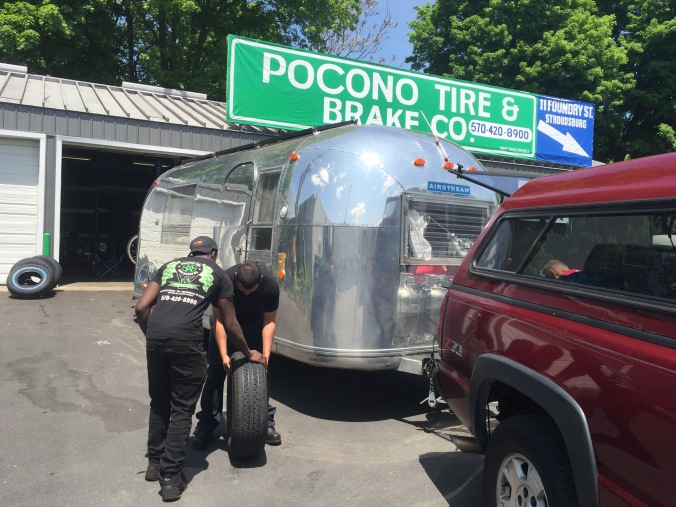



 The top of mind question for me heading into the museum was how they would handle the impeachment. No politics here – purely from a teacher’s point of view – how do you convey such a controversial subject, in a way that does justice to the subject, but is also “approved” by the man whose name is on the door. I’m not sure how that stuff gets negotiated between the National Archives staff and the former president’s, but I’d love to be a fly on the wall…
The top of mind question for me heading into the museum was how they would handle the impeachment. No politics here – purely from a teacher’s point of view – how do you convey such a controversial subject, in a way that does justice to the subject, but is also “approved” by the man whose name is on the door. I’m not sure how that stuff gets negotiated between the National Archives staff and the former president’s, but I’d love to be a fly on the wall…












 The Old Mill was featured in the opening credits from
The Old Mill was featured in the opening credits from 












